Life on the Keweenaw Peninsula offers a short weather window for summer activities but year-round options for solar power, writes researcher Ana Dyreson, assistant professor of mechanical engineering. In this guest blog, she highlights efforts taking place at the nation’s northernmost Regional Test Center to improve photovoltaic performance in cold climates.
"The natural obstacles and the hardships to be endured are such as to discourage all but the most hardy and enterprising."
Anyone who has spent a winter at Michigan Tech can relate to Dr. Isaacs’ observations. Only those who can navigate a snow season that lasts from October to May can thrive here, whether by skis, snowshoes, snowmobiles or their own intrepid driving skills. For every challenge, a solution can be found by those hardy and enterprising enough to try.
The same applies to creating resilient and adaptive electric power systems in cold climates. Technologies like solar photovoltaic panels that first proliferated in sunny climates are becoming more common in snowy climates. If engineers can adapt system designs, solar can be optimized for our climate. Lessons we learn here with extreme snow are helpful to other locations that get regular snow.
"Solar in the Upper Peninsula is not new. During the winter the snow will reduce performance, and utility rate agreements vary, but solar systems will generate electricity that will offset your electricity costs to some extent over the year. Our research is about how to reduce those wintertime losses."
While some tend to think of solar energy on the smaller scale — for homes or individual entities — about 65% of solar capacity in the U.S. is utility-scale. Solar photovoltaics (PV) make up the largest technology category in new utility-scale installations in the U.S., and this sector’s growth is only expected to accelerate in coming decades.
Large-scale PV installations and other macro trends like decarbonization and electrification are global trends. However, I believe their success depends on whether designers consider the specific characteristics of regional climates and community-scale social barriers.
Designing PV systems for cold, high latitudes and snowy climates — especially to reduce the amount of time that PV systems are covered in snow — is an important regional challenge. My research focuses on how to improve performance in the winter and understand the impact of high penetrations of solar PV on the power system.
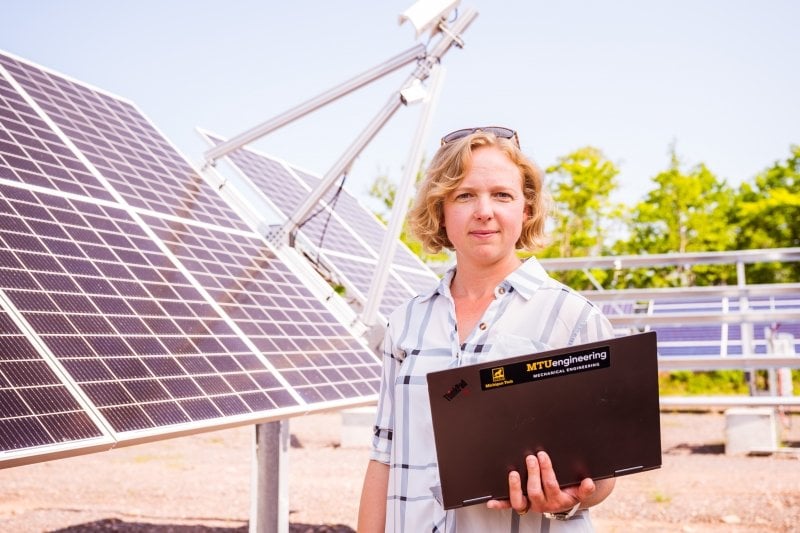
As an assistant professor of mechanical engineering at Michigan Tech, I lead the Great Lakes Energy Group. The work of group member Ayush Chutani, a Ph.D. student, is illustrative of our mission. Chutani’s research is focused on snow shading, which describes the condition that occurs when the snow on panels is deep enough to stop solar photovoltaics from generating electricity. He seeks to optimize the design of single-axis tracking solar PV systems to minimize snow shading, increasing the amount of energy a PV system can produce over the course of a winter.
At large solar facilities, solar arrays are either fixed-tilt, meaning they don't move at all, single-axis tracking or dual-axis tracking. Single-axis tracking systems, currently the most common option for new facilities, rotate automatically throughout the day from east to west, following the sun. Dual-axis tracking systems can move on the north-south axis as well as east-west, offering higher energy output at a greater cost.
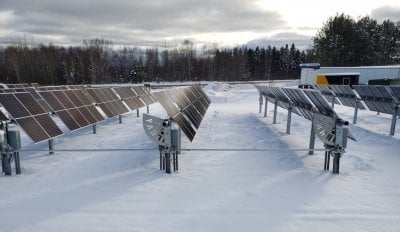
No matter the tracking type, when snow covers a large solar power plant it isn’t as practical or easy to remove it as it can be for a small residential system. Our research group sees an opportunity to reduce snow shading on single-axis tracking systems by changing the position of the panels, optimizing the tracking in order to shed snow buildup. We’re observing snow cover and ambient conditions in real time as the panels track. How does positioning encourage melting snow to fall off the panels? How can we optimize position for snow shed by accounting for wind speed, irradiance, and temperature?

Watch Dyreson and two of her research students share their findings and field audience questions in a 2023 Husky Bites video webinar.
Chutani’s research is made possible by a generous donation from Array Technologies. In late 2022, the company installed a 10-row, 33-kilowatt, grid-tied single-axis tracking solar PV system at the Michigan Solar Regional Test Center (RTC), a U.S. Department of Energy (DOE) designated facility, which is headquartered at Michigan Tech’s Advanced Power Systems Laboratories. It’s one of five RTCs — and the northernmost — managed by Sandia National Laboratory. Chutani’s work is also supported by funding from Sandia through the DOE’s Solar Energy Technologies office.
The system Array Technologies installed roughly doubled the Keweenaw-based research technology center’s footprint, providing a foundation for observational studies led by both Michigan Tech and company research teams as we look for ways to improve system operation in cold and snowy climates.
Chutani hopes to develop new algorithms using a system of snow sensors that he installed last winter. The sensors will be used for new smart controls on the single-axis tracking systems to adjust their position before, during or after observed snow.
Based on our first winter, we can see anecdotally that the position of the panels is not the only variable that matters — wind speed and direction, as well as temperature, interact with snow and sun to affect the timing of when the snow is shed. If Chutani is successful, the electrical power output can be increased and worst-case snow loading that constrains the mechanical design of the supporting structures can be reduced.
About the Researcher
Improving PV system operation in cold climates improves cost-effectiveness and ultimately addresses one of the biggest challenges in climate change and sustainability: reducing the carbon intensity of electricity supply. The hardy and enterprising mindset that we apply to solutions — as well as life in the Keweenaw — serves us well as we take on this task.
Regional Energy Projects with Global Significance
The Great Lakes Energy Group continues to work on numerous projects that emphasize the incorporation of regional considerations. With global and national investments in clean energy on the rise, the importance of including regional climate in system designs is paramount. Whether it’s solar PV, legacy natural gas power plants, heat pumps or electric vehicle charging infrastructure, our strategy involves using the best available weather and climate data along with local context to look for sustainable solutions that are socially and technically suited to northern climates.
Michigan Technological University is an R1 public research university founded in 1885 in Houghton, and is home to nearly 7,500 students from more than 60 countries around the world. Consistently ranked among the best universities in the country for return on investment, Michigan's flagship technological university offers more than 185 undergraduate and graduate degree programs in science and technology, engineering, computing, forestry, business, health professions, humanities, mathematics, social sciences, and the arts. The rural campus is situated just miles from Lake Superior in Michigan's Upper Peninsula, offering year-round opportunities for outdoor adventure.
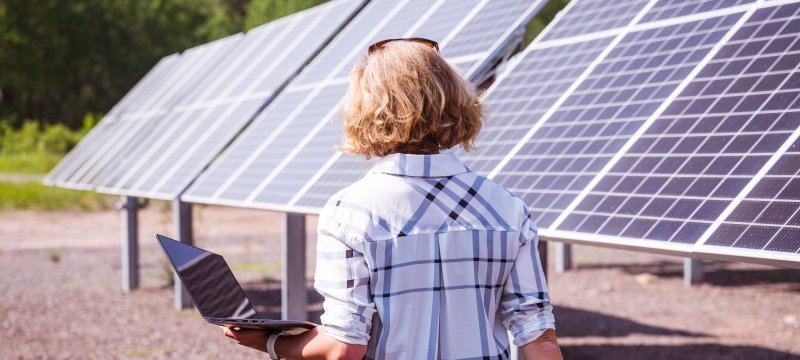
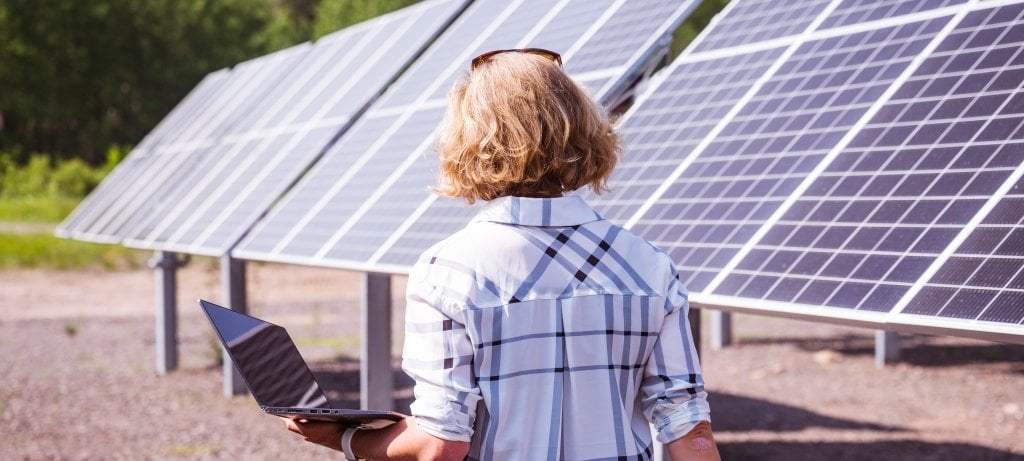

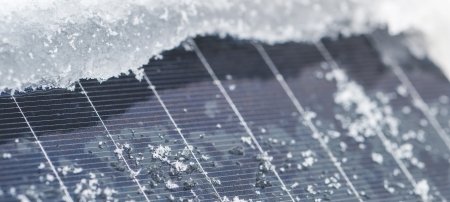



Comments